LegacyFX is proud to announce their sponsorship of the professional Spanish football club, Real Betis Balompié, S.A.D.
Real Betis Balompié S.A.D-commonly known as Real Betis, plays in Spain’s professional football league, La Liga. The club was founded in 1907 and is based out of Seville, Andalusia in Spain. Their home-field stadium–Estadio Benito Villamarín, holds a 61,000 seat capacity. Last year, the club finished in 6th place earning a spot in the UEFA Europa League for the 2021/2022 season. Some of their current notable players include Joaquín Sánchez Rodríguez and Nabil Fekir.
“We, at LegacyFX, are always looking to present our brand in a successful and promising manner. As such, we chose one of the best teams in LaLiga, due to its rich history in Spain, Europe, and even worldwide. We believe that this partnership with Real Betis is in-line with our vision, will positively represent our brand to our clientele proudly, and catapult our name as a truly leading global brokerage.” – Jad Abdelrahman, Chief Executive Officer at LegacyFX
As an international company that caters to clientele across the globe, LegacyFX appreciates the universal clout and reach that football carries and hopes that through this partnership it will be able to foster greater relations within the forex community, with the Club, and the football industry.




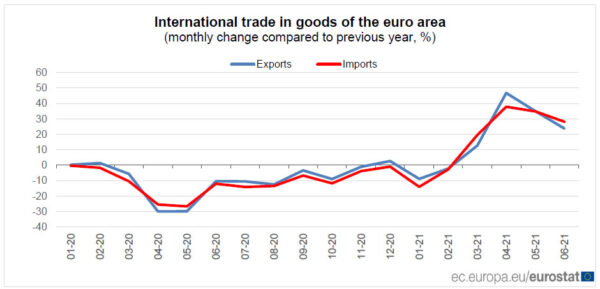
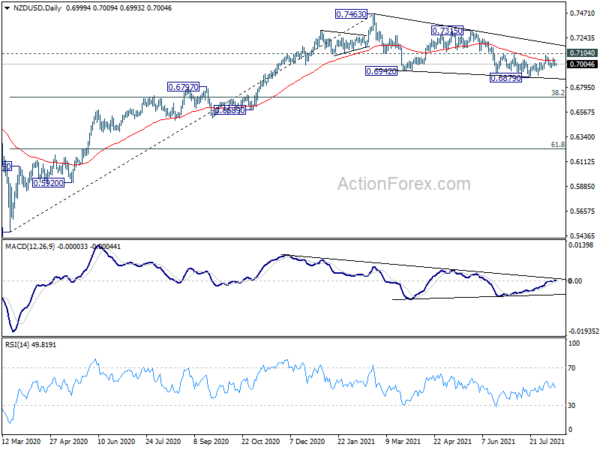
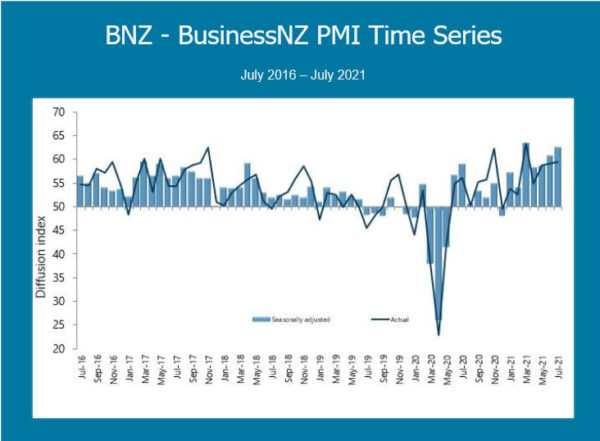
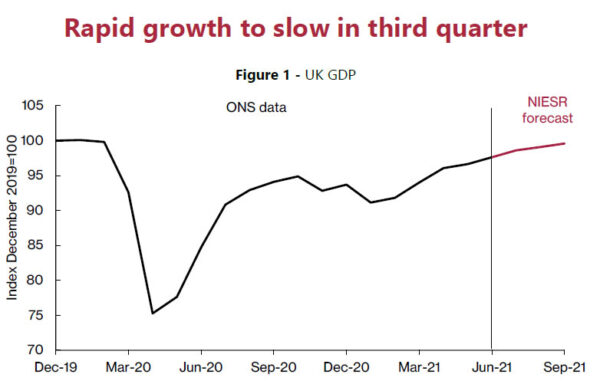
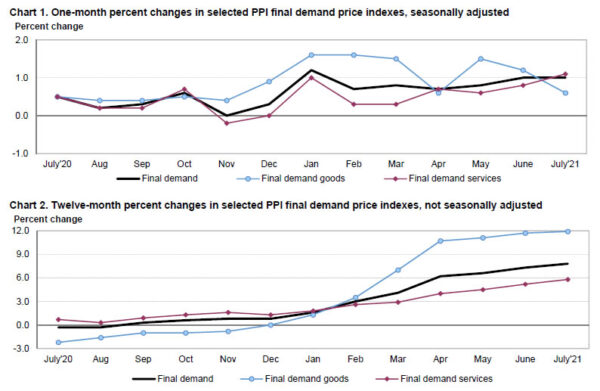
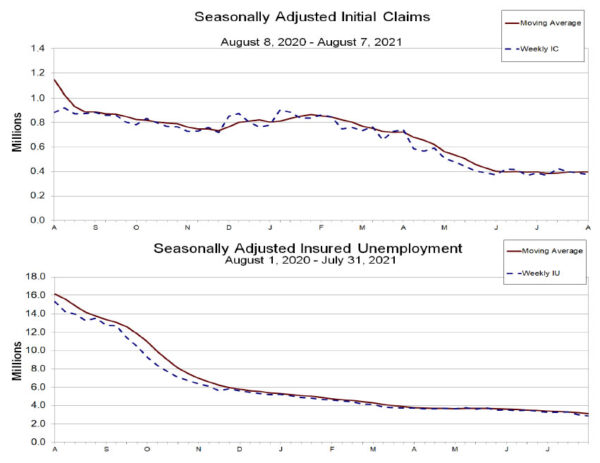
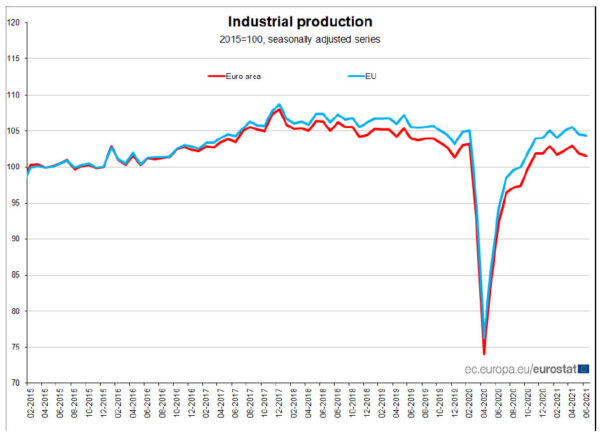
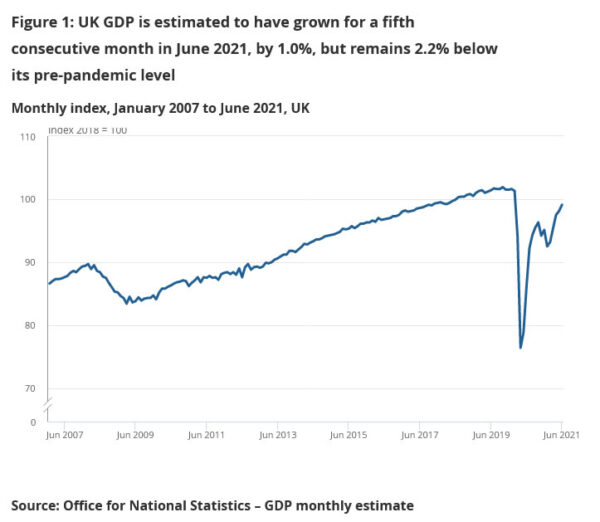
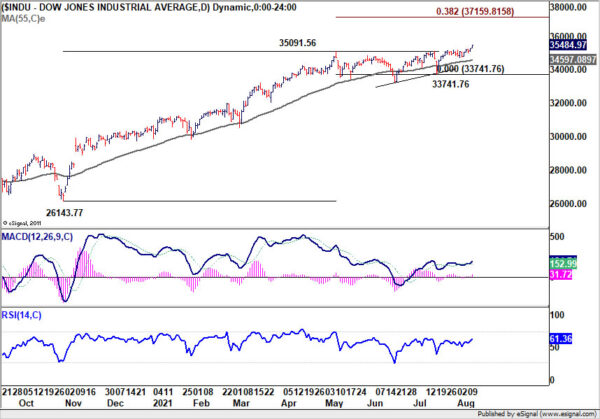

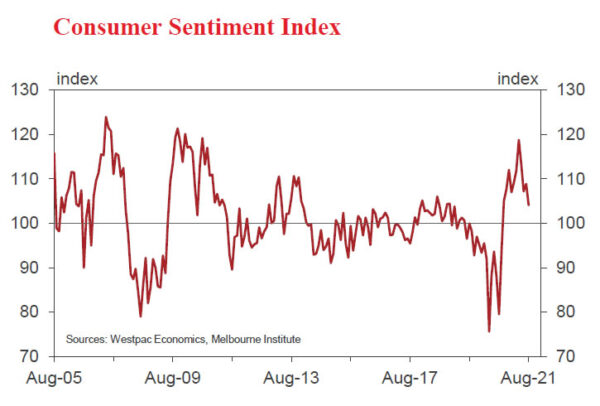

China industrial production, retail sales, investment missed expectations
Industrial production rose 6.4% yoy in July, below expectation of 7.8% yoy. Retail sales rose 8.5% yoy, below expectation of 11.5% yoy. Fixed asset investment grew 10.3% ytd yoy, below expectation of 11.3% ytd yoy.
“Given the combined impact of sporadic local outbreaks of Covid-19 and natural disasters on the economy of some regions, the economic recovery is still unstable and uneven,” said NBS. “We should not only look at the growth to analyze the economic situation, but also need to look at the overall picture of employment, prices and residential incomes.”